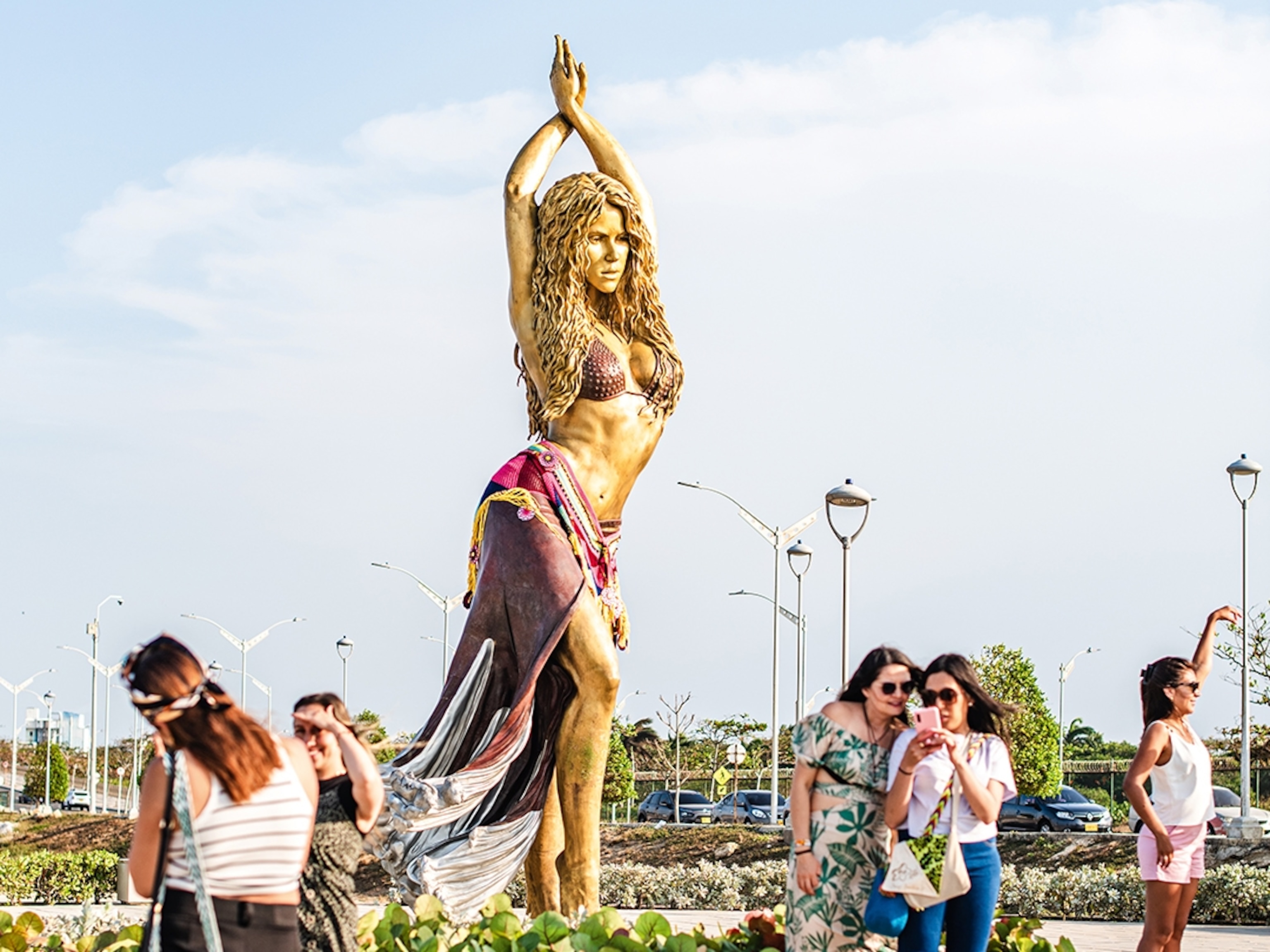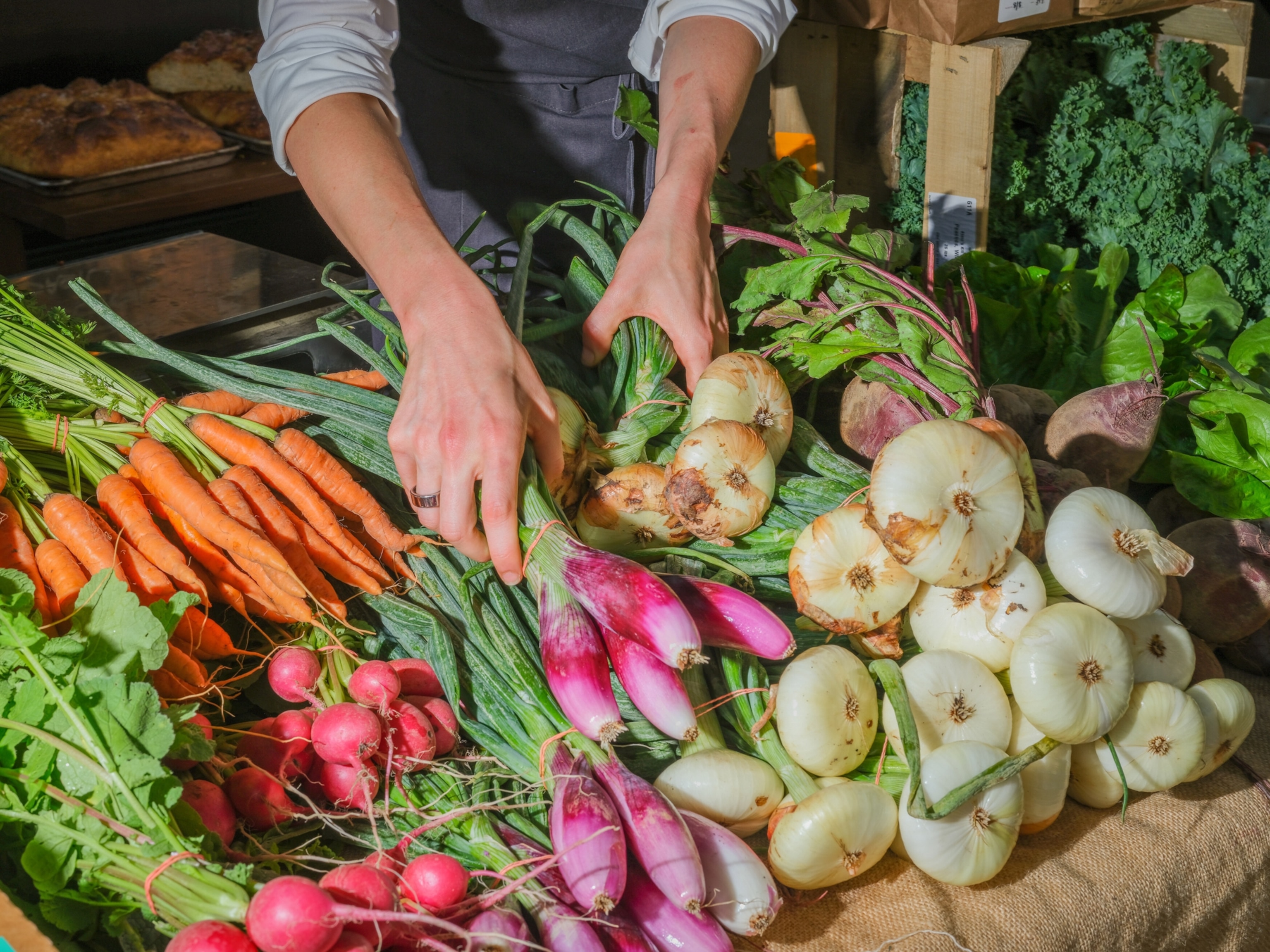
How Lemons Helped Defeat Napoleon
Suppose you’re a spy. And suppose you need to send a secret message. And suppose you have…a lemon.
In which case, unless your dastardly opponents happen to have read the same chemistry handbook, you’re saved.
Lemon juice, onion juice, milk, vinegar—even, in a pinch, urine—function as “natural” invisible inks. Write a message on paper in any of the above and the result, dried, is essentially undetectable until the message is subjected to heat. The secret: acid in the “ink” weakens the fibers of the paper, such that those enfeebled areas, held over a flame or light bulb, turn brown first.
Invisible ink has been around at least since the 5th century BCE, when warring Greeks and Persians exchanged invisible missives behind each other’s backs. The 9th century Arabs were sophisticated users of invisible inks, among them a mash made of lemon, bitter apple, olive oil, and egg yolk; and lemon juice was a popular undercover ink among secretive Renaissance Italians. Giambattista Della Porta, Renaissance scholar, scientist, and polymath, lists several helpful recipes for invisible ink in Natural Magic (1558), variously based on lemon juice, onion juice, and alum, plus one somewhat suspect ink, made by extracting the “juices of a dormouse”—invisible by day, but said to glow with a “fiery color” at night.
Lemon-juice invisible ink was a standard supply for spies in the American Revolution, the American Civil War, and World Wars I and II. In 1915, British counterespionage agents apprehended a cadre of undercover German “lemon juice spies” in the Britain, all funneling information to the Fatherland “in lemon.” One incriminatory lemon—featured in the trial of convicted spy Carl Muller—can still be found in the British National Archives, now blackened and wizened to the size of a walnut.
The lemon’s invisible role in adulterous liaisons, diplomatic double-dealing, and military sabotage is simply one of many. Lemon and its citrus relatives are also lush sources of vitamin C—a single lemon provides up to 70 percent of the average adult daily requirement—and as such are prime preventatives of scurvy, the debilitating and often fatal disease known to American colonists as ‘winter sickness.”
Credited with establishing the lemon’s anti-scorbutic effect is British doctor James Lind who—as a 31-year-old Royal Navy ship’s surgeon on board the H.M.S. Salisbury—conducted what is arguably the world’s first clinical trial. He chose twelve sailors with advanced symptoms of the disease, divided them into six groups, and fed all on the same diet (heavy in mutton broth). Two, however, also got a quart of “cyder” a day; two got supplementary doses of vinegar; two were given, three times daily, 25 drops of “elixir of vitriol” (sulfuric acid); two got a daily pint of seawater; two got a nutmeg-sized lump of a spicy paste made from cream of tartar, horseradish, mustard seed, garlic, and “balsam of Peru;” and the final two got a daily ration of two oranges and a lemon. The citrus-fed sailors recovered rapidly and were back on duty in six days.
Lind wrote an account of his discovery—the 454-page Treatise of the Scurvy, published in 1753—but made little headway with the Navy, which ignored him. Finally, in 1795, after persistent lobbying by naval physicians Gilbert Blane and Thomas Trotter, daily rations of lemon juice—and later, cheaper lime juice—were made compulsory for British sailors. Between 1795 and 1814, 1.6 million gallons of lemon juice were issued to Royal Navy ships (stored in casks, under a preservative layer of olive oil). In the same period, cases of scurvy in the Royal Naval Hospital fell from nearly 1500 to 2.
The eradication of scurvy made it possible for British seamen to maintain the coastal blockade that was essential for defeating Napoleon. Wrote one relieved naval surgeon after the vanquished Emperor had been banished to St. Helena: “It is the opinion of some of the most experienced officers that the blockading system of warfare which annihilated the naval powers of France could never have been carried on unless sea-scurvy had been subdued.” Unfortunately the common nickname for British sailors—“limeys”—gives no credit to the equally important lemon.
Citrus fruits—though they have a somewhat confusing history—are believed to have originated in southeast Asia; and at least some—possibly oranges and citrons—were introduced to the Mediterranean region following Alexander the Great’s foray into India. The Arabs were growing lemons by the eighth century CE, and soon after they spread to North Africa, where the Egyptians are credited with the invention of lemonade. By the 1400s, they were popular enough in Spain and Portugal to be transplanted to the New World. Columbus brought lemons with him to Haiti on his second transatlantic voyage in 1493.

Some of the vagueness surrounding the lemon stems from its promiscuous tendency to hybridize. Only recently have scientists, armed with DNA technology, discovered just what the lemon is: a hybrid mix of the citron (Citrus medica)—which has a thick rind and almost no juice—and the sour (or bitter) orange (Citrus aurantium), whose mouth-puckering fruit is primarily used in marmalade.
The lemon is as sour as its parents, primarily due to its content of citric acid. (Most lemons have a pH of 2-3, which makes them about as sour as a dill pickle.) Lemon acidity led to its use as a spermicide—an early form of birth control involved sponges soaked in lemon juice—and legendary lover Giacomo Casanova is said to have encouraged his mistresses to use lemon halves as cervical caps. (This may even have been successful: Casanova’s 100+ passionate affairs produced just two children.)
In cooking, the lemon is the equivalent of fashion’s versatile little black dress—it goes pretty much with everything. Some chefs claim that the lemon is second only to salt as flavor-enhancer: food is inevitably made better by adding a splash of lemon as a pick-me-up. The chef who introduced the lemon to western cooking—at least according to the French—was François Pierre de la Varenne, author of Le Cuisinier françois (1651). De la Varenne is credited with bringing French cookery into the modern era; his recipes abandoned the heavily spiced stews and slabs of meat so popular in the Middle Ages and substituted fresh vegetables and taste-titillating sauces, flavored with herbs and lemon juice. (He also invented puff pastry and hollandaise sauce, and popularized truffles and artichokes.)
Perhaps the world’s most famous (alleged) lemon-lover was Stonewall Jackson, Robert E. Lee’s most gifted commander. Jackson had been spotted sucking on lemons before riding into battle, and a persistent myth arose that the general both adored lemons, and fortified himself with them before a fight. Actually, Jackson—finicky about his diet—ate all fresh fruits; his favorite, according to friends and family, was peaches.
To this day, however, visitors to the cemetery where Jackson is buried in Lexington, Virginia, leave gifts of lemons on the general’s grave.

This story is part of National Geographic’s special eight-month Future of Food series.
References:
- Brown, Stephen R. Scurvy. St. Martin’s Griffin, 2003.
- Laszlo, Pierre. Citrus: A History. University of Chicago Press, 2007.
- Macrakis, Kristie. Prisoners, Lovers, and Spies: The Story of Invisible Ink from Herodotus to al-Qaeda. Yale University Press, 2014.








